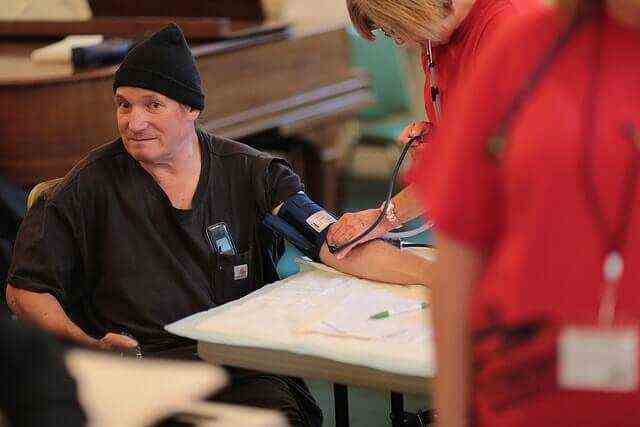When you’re a young child, it’s not uncommon for your parents to take you to the doctor on a regular basis. These visits help track your growth and make sure that you’re living a healthy life. But as we grow older, our visits to the doctor become more infrequent. Soon, going to the doctor is not a regular activity, but one that is highly disruptive to your daily life.
Going to the doctor is an important part of living a healthy life. Even if it means taking a half-day from the office. It’s something that everyone should dedicate time to do each year. As you age, your body’s needs change. Just like you no longer need the same care you did as a young child, your physical needs will also mature.
Here’s a primer for the different checkups a man should have during each decade of his adult life.
Ages 20-29
Your twenties is usually a pretty healthy decade for the average adult male. You should be getting an annual physical exam from your primary care physician, including checks on your blood pressure and height/weight.
Screenings for testicular cancer, diabetes, thyroid disease, liver problems, and anemia are also considerations you doctor might consider depending on your health. A check for cholesterol can be done, otherwise once every five years is sufficient.
Since most men in their twenties are healthy, these are more preventative measures to keep track of your health. Unless you show symptoms or engage in high risk activities, basic checkups are fine in your twenties.
Ages 30-39
Your thirties are similar to your twenties. Many of the recommended checkups are the same as your twenties. Annual check ups with blood pressure and height/weight checks are necessary. Testicular cancer screenings and blood tests for diabetes, thyroid disease, liver problems, and anemia are also done.
The biggest change from your twenties depends on your family history of heart disease. If you are a high risk individual and have a family history of heart disease, your doctor might run a few tests to check your heart’s health.
Age 40-49
As you reach middle age, your body is going to need a few more tests and procedures than in your twenties and thirties. You still need your basic checkups (physical, testicular cancer, etc) and cholesterol to be checked every five years. But now you have to get screened for prostate cancer. Your screening for diabetes is done every three years, once you’ve hit the age of 45. A vision exam might be needed as you age. If you have a family history of heart disease, or are at high risk for heart disease, then your doctor will conduct a screening for coronary heart disease.
Ages 50-59
After your forties is when you’ll start to see a significant jump in the number of checkups you’ll need, in additional to your annual check ups.
You’ll start to get annual screenings for Type II diabetes, along with an annual electrocardiogram. Screening for lipid disorders will be done as well as screenings for prostate cancer. You’ll also undergo a screening for colon cancer, either by fecal occult blood testing, sigmoidoscopy, or colonoscopy. Screening for depression is also done after fifty.
Ages 60+
In your sixties, your body really starts to slow down. It’s important keep on top of your health. In addition to all the screenings you had done in your fifties, you’ll need to keep an eye out for more health risks.
Your doctor will want to do screenings for osteoporosis and might consider screenings for abdominal aortic aneurysm, and carotid artery ultrasound. Skin cancer, oral cancer, lung cancer, might be considerations based on your health history.
Your doctor will want to continue colorectal screenings based on previous results. Depression should also be monitored with dementia and Alzheimer’s disease.
Aging is something everyone has to go through. There is no fountain of youth. It’s a part of life. As you age, it’s important to keep tabs on your health. The need to see a doctor in your twenties isn’t as pressing as it is in your fifties. But that doesn’t mean you shouldn’t go. Determine if you’re seeing the doctor often enough or getting checked up on the correct things with this quick guide.
Image Courtesy of Parker Knight

